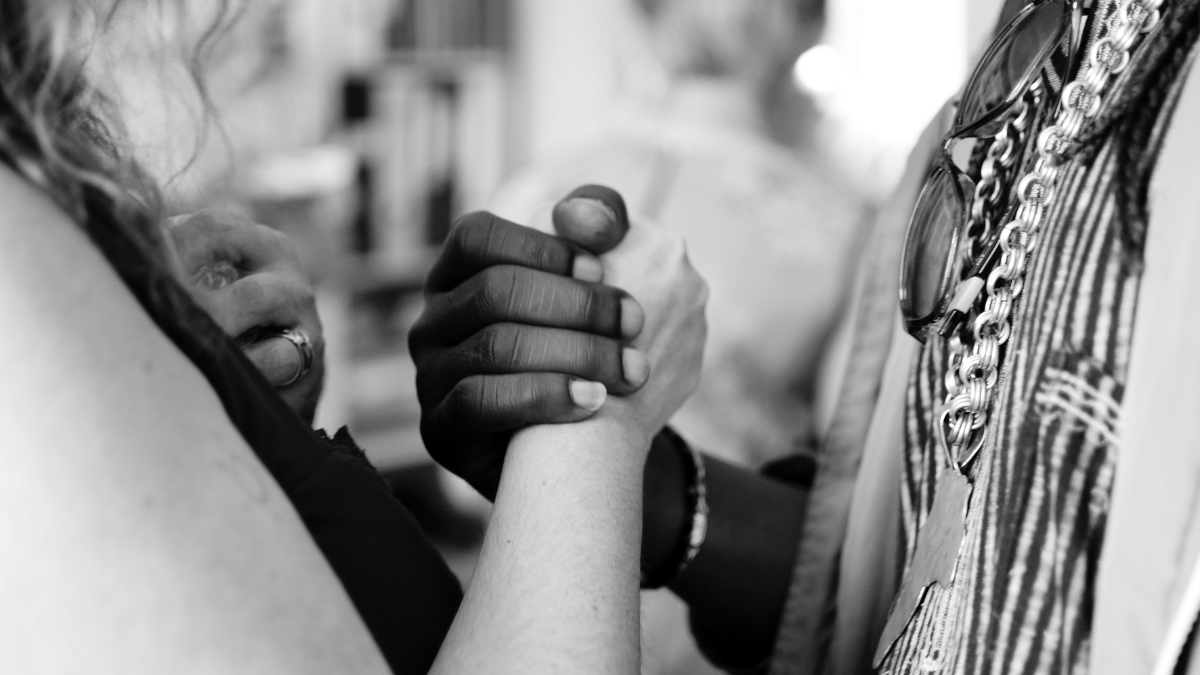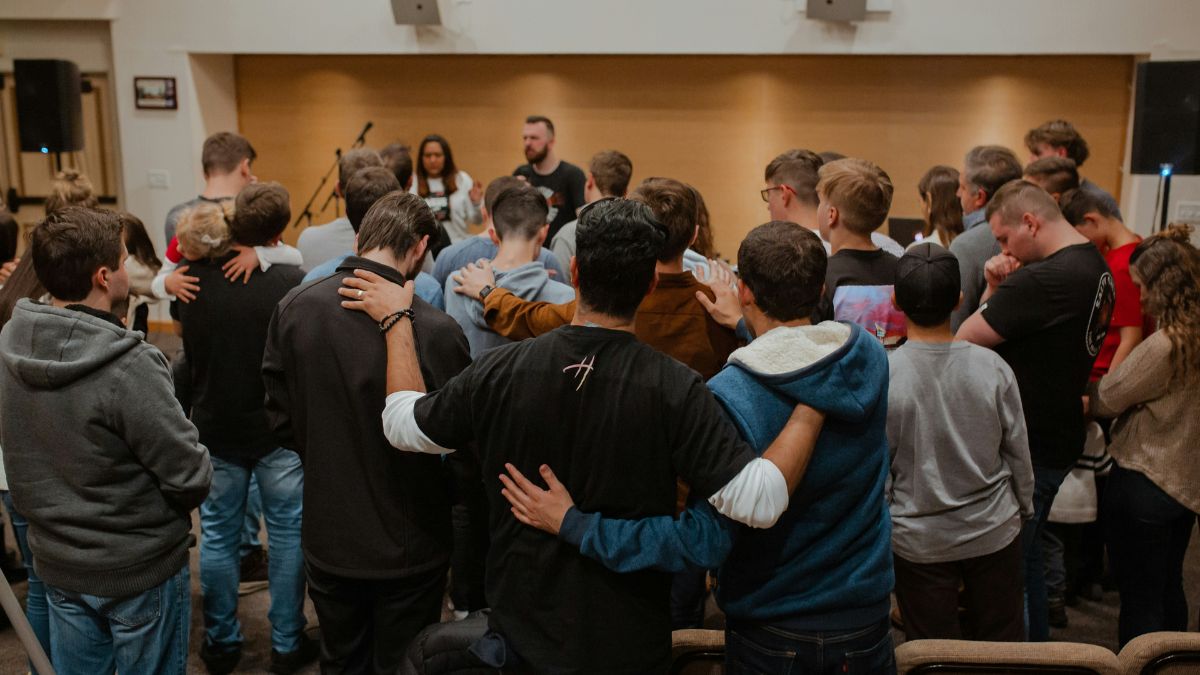

The Problem with So-Called “Antiracism”
When racial justice is everything, we’ve misunderstood God’s sovereignty over the human condition.
09/14/23
John Stonestreet and Kasey Leander

In a recent piece in The Atlantic, Tyler Austin Harper, a black professor from Bates College, argued that so-called “anti-racism” has gone too far.
In their righteous crusade against the bad color-blindness of policies such as race-neutral college admissions, these contemporary anti-racists have also jettisoned the kind of good color-blindness that holds that we are more than our race, and that we should conduct our social life according to that idealized principle. Rather than balance a critique of color-blind law and policy with a continuing embrace of interpersonal color-blindness as a social etiquette, contemporary anti-racists throw the baby out with the bathwater.
The term “anti-racist” came from a recent explosion of writing such as Robin DiAngelo’s White Fragility and Ibram X. Kendi’s How to Be an Antiracist, and it carries enormous ideological implications. According to Kendi, “One either allows racial inequities to persevere, as a racist, or confronts racial inequities, as an anti-racist. There is no in-between safe space of ‘not racist.’”
For figures like Kendi and DiAngelo, anti-racism isn’t just the commitment to combat racism wherever we happen to see it, it’s the commitment to see racism everywhere, entrenched in the heart of society and present in all its aspects. Even more, to be “anti-racist” requires the adoption of a very narrow set of policy prescriptions, all of which come from an increasingly left side of the political world.
In this world, white people must move from a position of “neutrality” to actively “centering” race in all their discourse. Only then can “whiteness” and “implicit bias” be identified, admitted, and confessed. In practice, Harper warns, this only obliterates any distinctions between “structural” racism, a term referring to racial injustices embedded in wider society, and the interpersonal interactions with people of different races.
It tends to rest on a troubling, even racist subtext: that white and Black Americans are so radically different that interracial relationships require careful management, constant eggshell-walking, and even expert guidance from professional anti-racists. Rather than producing racial harmony, this new ethos frequently has the opposite effect, making white-Black interactions stressful, unpleasant, or, perhaps most often, simply weird.
This weirdness that Harper described is the fruit of Critical Race Theory, a wrong way to diagnose and respond to racism, because it makes racial injustice “a theory of everything.” Sixty years ago, the Rev. Martin Luther King Jr. dreamed of a world in which his own children would “not be judged by the color of their skin but by the content of their character.” However, “anti-racism” reverses that, presuming to know one’s character, a priori, based only on the color of skin.
Another important insight from Harper’s article is that our racial dialogue has been shaped by the “triumph of the therapeutic,” which social critic Philip Rieff described as the “self, improved, (as) the ultimate concern of modern culture.” In a moment in which everything is about the self, Harper believes that racial dialogue is often not about making real progress, but making ourselves feel better through confession and activism.
Throughout the biblical narrative, people are described as having a common parentage and heritage as image bearers. The Apostle Paul told the Epicurean and Stoic philosophers in Athens that God “made from one man every nation of mankind to live on all the face of the earth.” Those who are in Christ, no matter which tongue or tribe or nation or language they represent, are reconciled to their Creator and thus, to each other. Only Christianity can anchor this beautiful vision of the human condition on solid ground, and it has incredible implications for individuals and nations, for people and for social structures.
Harper rightly concludes that we must see each other, first and foremost, as people, a kind of colorblindness that will prove far more effective than performative racial confessions or racialized division. That, however, is only true if there is something universal to our identity, dignity, and value. If there is, it must be an intrinsic reality of the human person, given rather than acquired.
Only one vision of the human story, the biblical account of people and creation, offers anything like that.
This Breakpoint was co-authored by Kasey Leander. For more resources to live like a Christian in this cultural moment, go to breakpoint.org.
Have a Follow-up Question?
Up
Next















